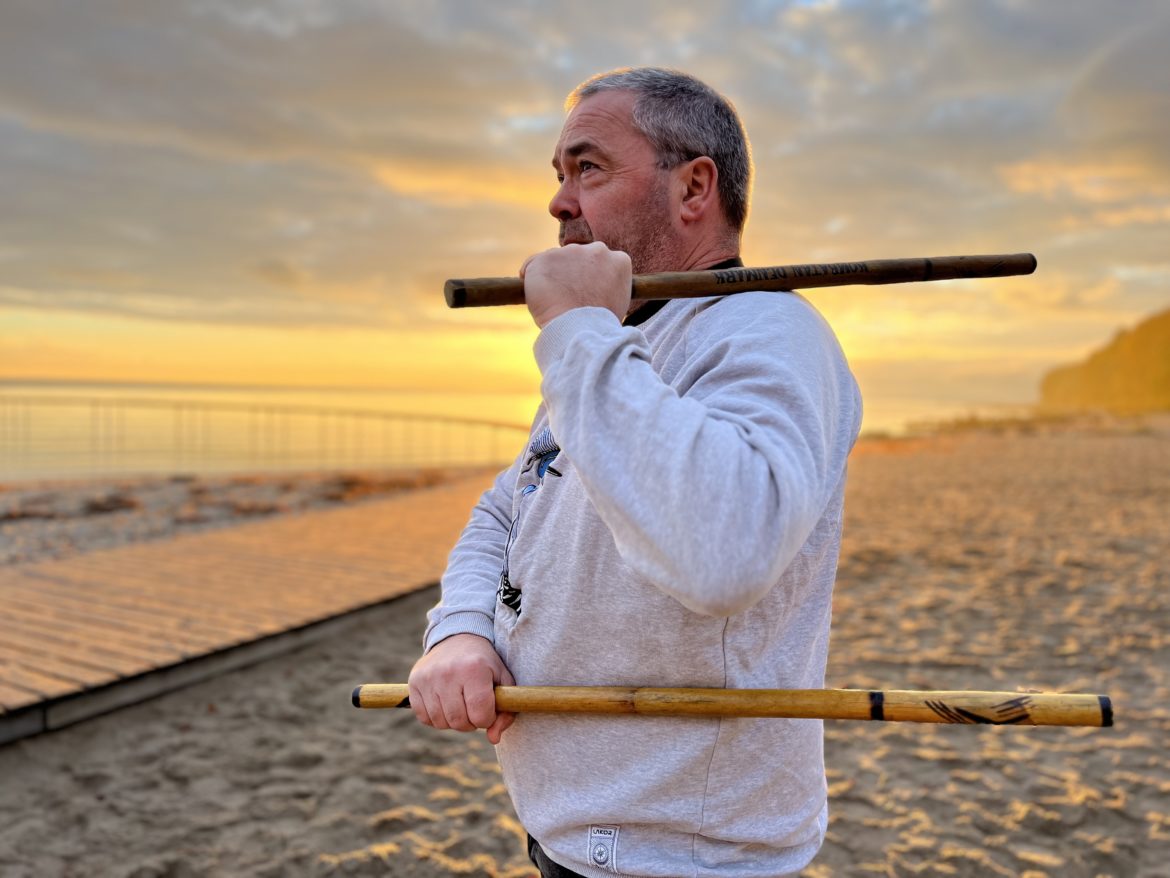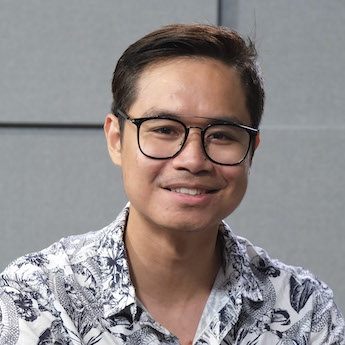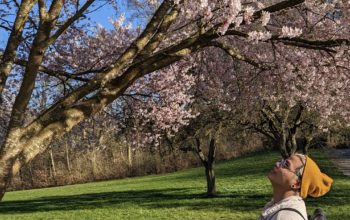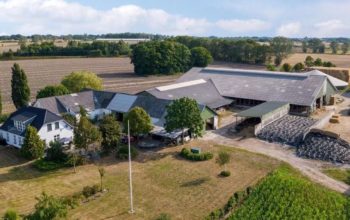Forty years ago, Toby Hartelius fell in love with Filipino martial art arnis. In 1984, he founded the Danish Arnis Federation and continues to make it his life’s work, teaching thrice a week at his Aarhus dojo
Written by Andy Peñafuerte III
No matter what object Thorbjørn Hartelius holds, he can quickly turn it into a weapon to subdue an opponent. He can roll a newspaper into a blunt stick or make a dagger out of a fork. He can even form a whip using his jacket.
Hartelius has mastered the principles of arnis, a Filipino martial art form that mainly uses sticks and bladed weapons. But he hardly uses them for fighting. Instead, he sees it as a way of living, a “glue that holds my life together”. As the only arnis grandmaster in Denmark, Hartelius promotes this fighting style not just for self-defense but also for its rich heritage that allows different cultures to stick together.
“It gave me self-confidence and calmness”
It was 39 years ago when the then-teenage Hartelius chanced upon a feature story about arnis on local television in northern Alberta in Canada. At the time, Toby, as he was nicknamed, had been exploring the province as an exchange student and had just visited a community of Filipinos who mainly worked in the Athabasca oil sands. The TV feature captured how arnis combined fighting using sticks, Filipino culture, and finesse. The teenager was completely engrossed and thought, “I have to learn this.”
Hartelius visited the club the following day and met a local grandmaster who taught him the basics of arnis. As the teenager progressed from training, he realized that this fighting style gave him so much more than just learning self-defense.
“It gave me self-confidence and calmness,” Hartelius says about his feeling at the time. “I didn’t have to go out to prove myself or pick fights to be tough. Being with friends [and with other trainees and instructors] and becoming part of a fellowship in a community inside the dojo not only helped me a lot; we had so much fun together.”
A fighting style that sticks out
Hartelius has since trained with grandmasters and visited the Philippines several times to understand the culture behind this fighting style. In 2008 — 25 years after entering the “dojo” (a place for learning) as a white-belt baguhan (Filipino for “novice”) — he became a Dakilang Lakan, or the highest-ranked black belt arnis grandmaster.
It still amazes him to this day how an ancient Filipino martial art can be a source of inner peace. Arnis traces its origins from ancient warfare in pre-colonial Philippines; its modern iteration is considered a systematic form of self-defense with a focus on using sticks and blunt items. Knives and other edged and bladed objects are also commonly used, as well as improvised weapons. A practitioner needs strong awareness and self-control to employ these materials properly in order to subdue an opponent. Trainees advance to mano-mano, or an empty-hand style, only after mastering the stick and knife techniques. This martial art form can kill an opponent or unarmed individuals, making it more important for an “arnisero” to restrain their skills.
I didn’t have to go out to prove myself or pick fights to be tough
“Most people who get into sports prioritize getting fit,” Hartelius says. “But in arnis, you also consider the inside — your mentality. You’re focusing on observing yourself, listening to every part of your body.”
“Of course, you can translate that later on to fighting. When you know that you would be able to inflict physical damage to someone, you’ll also need to find peace within yourself to be able to stop yourself,” he says.
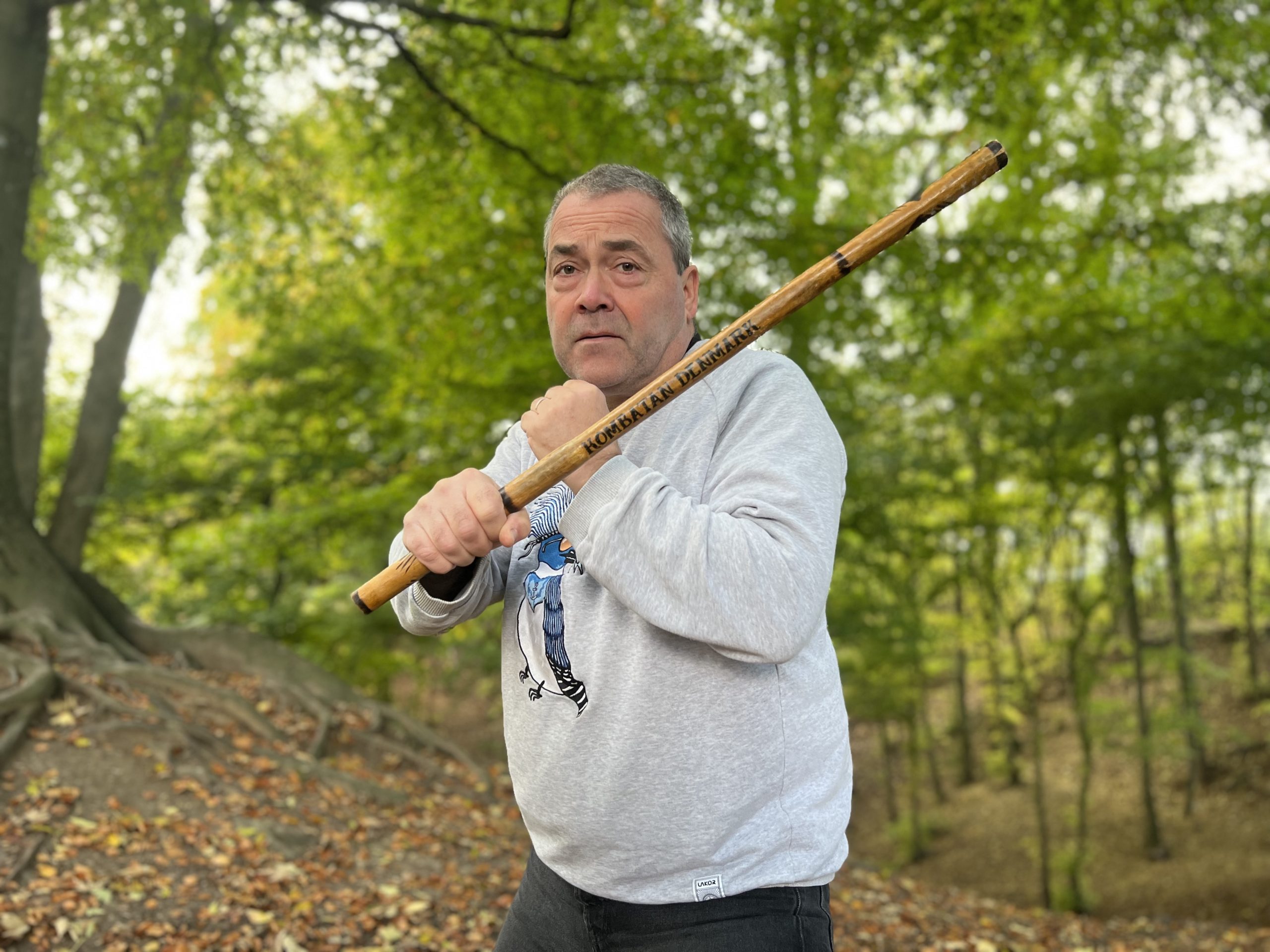
This Filipino martial arts form has become such a big part of Hartelius’ life that he considers it “the backbone to being a dad and a husband.” Hartelius says his entire family is involved in arnis in many ways. His wife, Merete, is fully supportive of his activities and seminars, while two out of their three children have been training in arnis for some years.
Hartelius also integrates the art into his full-time profession as a public primary school teacher, since it can improve children’s motor skills. Hartelius believes the latter is helpful not only in developing kids’ hand-eye coordination but also their ability to read and write. More than that, arnis helps builds self-confidence so that young students can “learn to protect [themselves] … and [move on] from mistakes and failure.”
Global recognition for Filipino martial arts
While arnis is less popular than other Asian martial art forms, Hartelius still welcomes the attention it has gotten recently, especially in films such as Dune (2021) and The Old Guard (2020). He hopes, though, that future productions can keep the focus on the art and culture behind this Filipino fighting style to honor its heritage. It is also encouraging for him to think that more people who have watched films that feature arnis will want to “Google where this art form comes from”, and then “discover the Philippines, which has been overlooked for quite some time.”
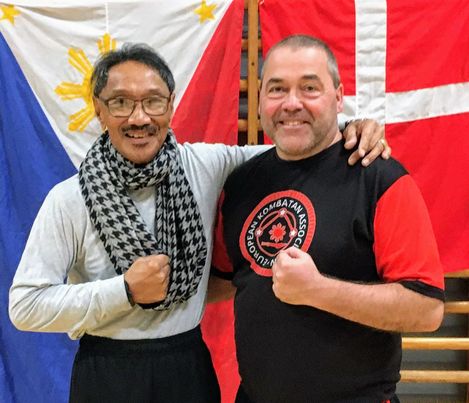
For him, however, there are “small signs” of growing interest in arnis, especially as Filipino federations and clubs champion the art as a viable competitive sport in regional games. Most recently, the Filipino government hailed the inclusion of arnis in the program of the upcoming Southeast Asian Games in Cambodia in May 2023. “The biggest hope, of course, is to have it on the Olympic program,” he adds.
This year, Hartelius marks the 40th anniversary of his first foray into arnis. As long as that hope for arnis to receive worldwide renown remains, he will continue brandishing rattan sticks well into retirement. And as the only known arnis grandmaster in Denmark, Hartelius understands the great responsibility bestowed by the role.
“I will keep teaching arnis, and hopefully, I can pass it on to as many people as I can, anywhere in this world,” he says.
Kombatan Arnis Aarhus trains thrice a week at Fjordsgade school, Ingerslevs Boulevard 2A, 8000 Aarhus C – Gym. Floor 1. More information can be found on their Facebook group.

